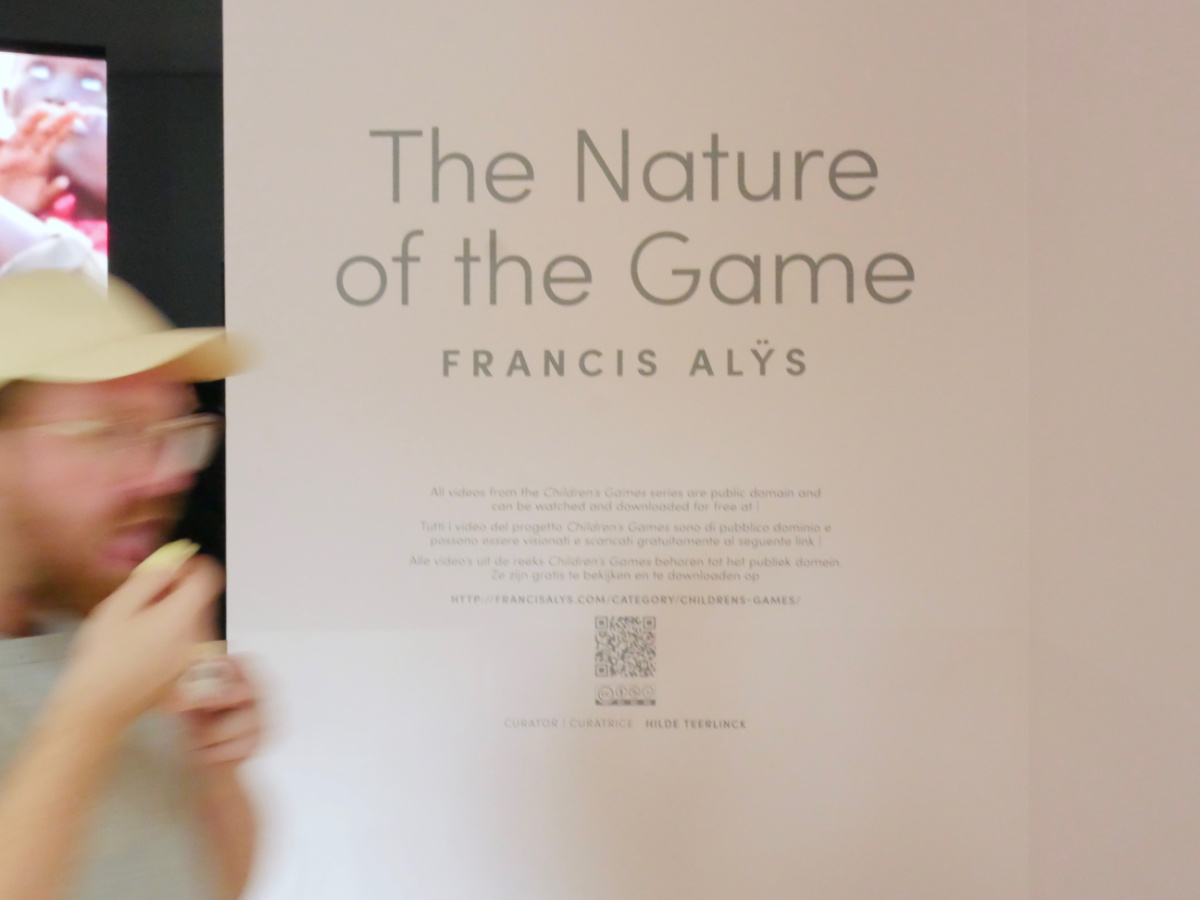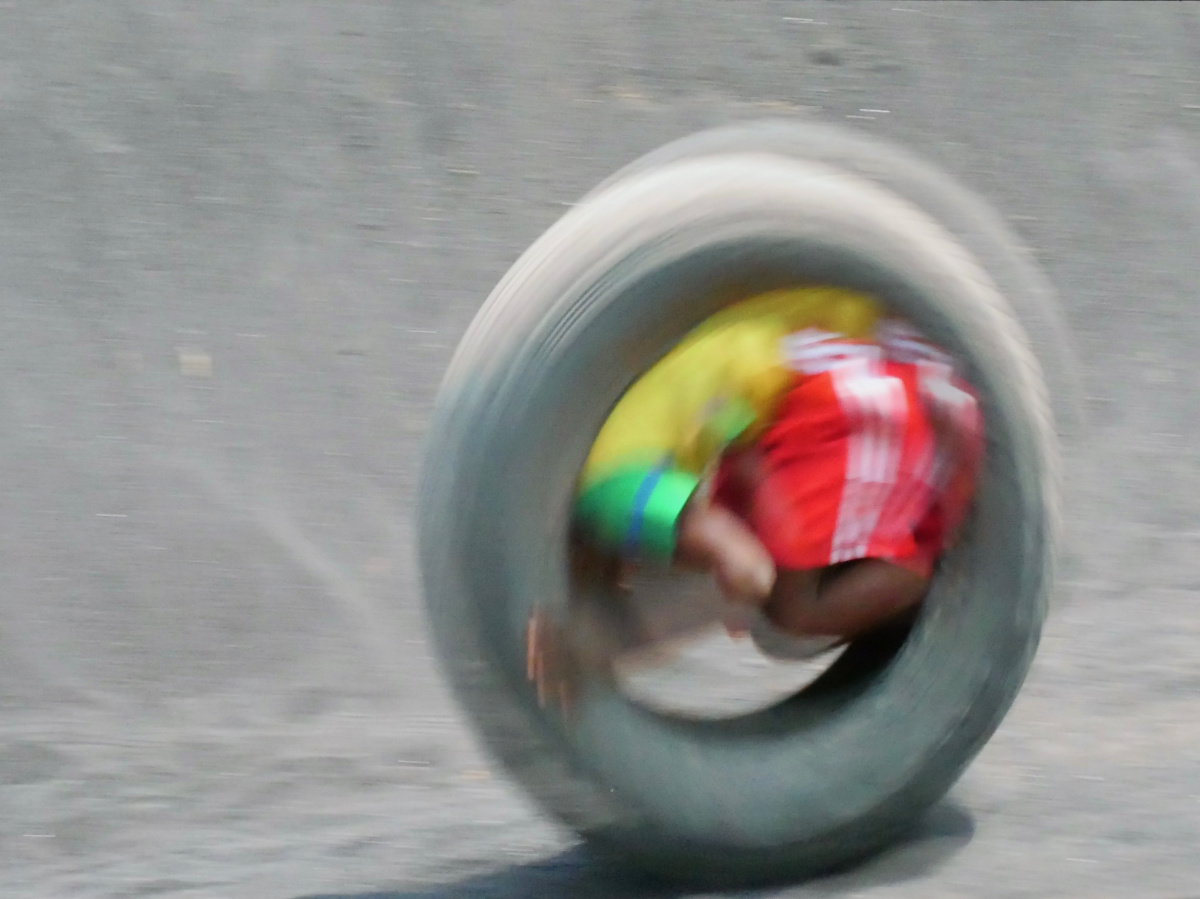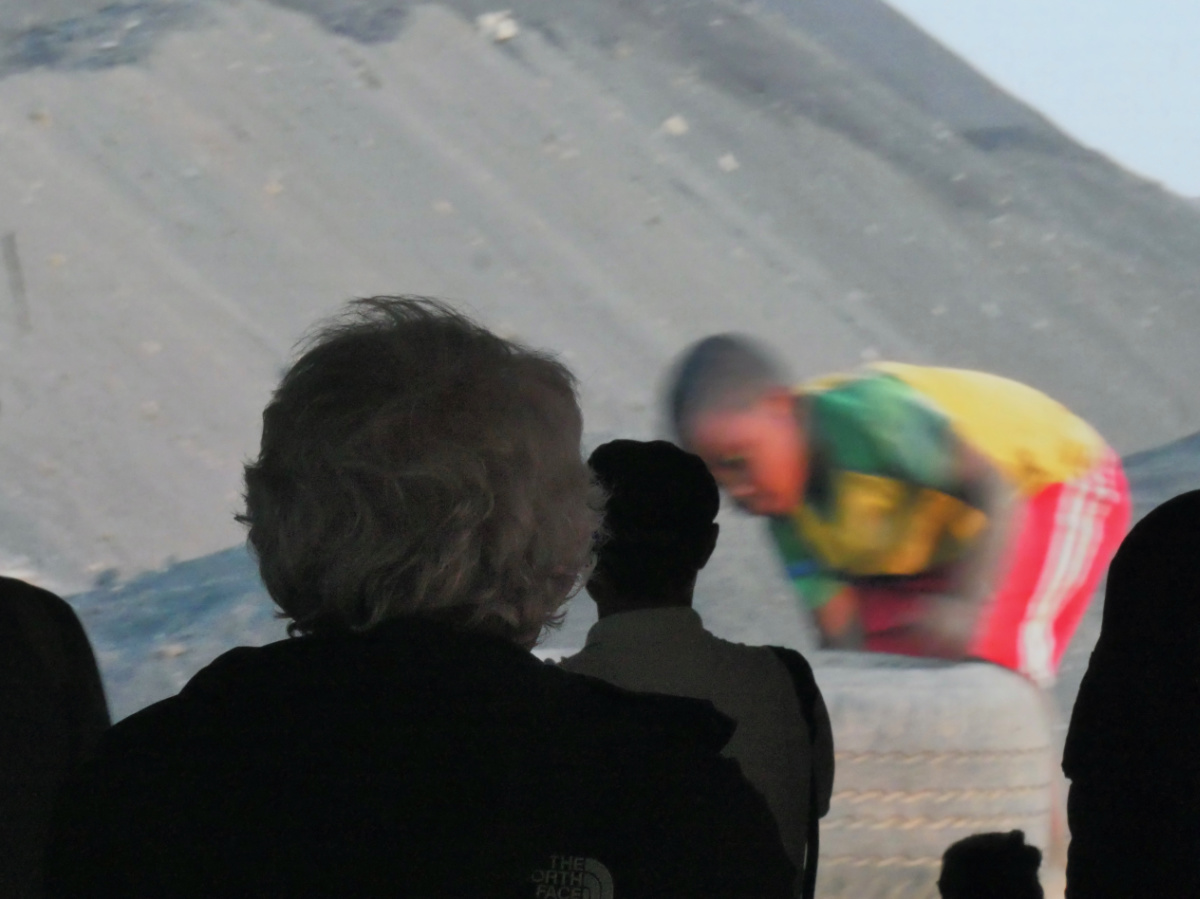Play
What would civilization be without play? Would it even exist? Indeed one could argue that play is older than civilization, that it’s even older than culture itself. Long before we became settlers and started developing rites and cultures to built up our societies play was already there. Children are playing without ever being taught how to play. Even animals are playing. But why? Why is there a play instinct rooted so deeply inside of our human biology?
According to the Dutch historian Johan Huizinga and his aesthetic approach to history society and culture are full of play elements, back then, but even today. He describes certain rules or boundaries to define the act of playing. For example is play always limited in time and space, it has a well defined beginning and an end. Often there’s a certain dedicated location where the play happens, like a magic circle or a stage. The performance of the play follows a certain order, which is either obvious or well known. All things that are happening within the play sphere follow a certain set of rules which are freely accepted and don’t change. Changing the rules arbitrarily will immediately spoil the game in a way that continuing the play is no longer possible. Play always happens outside the sphere of necessity or material utility, instead play is about fun and enthusiasm. Play is often sacred or festive. While the narrative of the play is going on there’s a certain tension, an excitement which is followed by relief and relaxation after the play is finished. Such rules are important to define where play begins and where real life ends, to tell the difference of what is play and what is serious.
 1/13 s, f/16, ISO 6400, 38 mm, Lumix DMC-GX8
1/13 s, f/16, ISO 6400, 38 mm, Lumix DMC-GX8
But it’s not just that human societies spend some leisure time playing a game, a tournament or other types of contests. It goes deeper than that. Real, functioning civilizations can’t exist without certain play elements, every civilization needs limitations, needs constraints. Such boundaries define who we are, whom we fight against and why, whom we become allies with and why. To a large degree play and contest define the boundaries of our life. This is true for archaic societies as well as in the 21st century. To exist and coexist civilizations need to rely on rules like fair play as any form of cheating shatters civilization itself. The play element always needs to be pure.
The different forms of play are in many ways important parts of our daily lives. Think about all the different sport events, especially the tournaments with their elaborate rules and settings. Think about the many little games that are played everyday like card games or bord games like chess. They are obvious choices to exemplify the influence play has not only on our children, but also on almost everyone, young and old. But play also occurs even in the heart of our societies, in our constitutions. Just imagine the different rules applied in law, the special court rooms, the special clothing. Or take a closer look on the system of parliamentary democracy, on the discussions between the different parties and how rules and a code of play form what behaviour is supposed to be accepted and what’s not. Actually it’s quite hard to name a single field within our civilization that is not influenced by play elements. Art, music, religion, science, philosophy, psychology as well as warfare, they all include some forms of the play spirit in one way or the other.
 1/25 s, f/16, ISO 6400, 38 mm, Lumix DMC-GX8
1/25 s, f/16, ISO 6400, 38 mm, Lumix DMC-GX8
That’s one way to think about culture and play. A completely different approach is suggested by Francis Alÿs, a Belgian architect, artist and filmmaker now located in Mexiko City. He is travelling the world documenting the different forms of children’s play. With his camera, a few collaborators and only a minimal set of tools he’s just filming what happens in front of his eyes while children from different continents play always the same or indeed very specialized forms of games. His approach is subtle, without any excessive narratives or long monologues. He tries not to tell or analyse what he’s seeing, he’s just a documentalist pointing the camera in the right direction. The outcome of his inclusive work is immediately captivating, fascinating, funny and often so familiar. Francis Alÿs had a very well received exhibition “The Nature of the Game” during the Venice Art Biennale in 2022 in the pavilion of Belgium. The room back then was equipped with many different screens in all sizes and orientations while each screen was playing just one of his short films. It was loud and noisy, but in a uplifting way, while the different screens were telling different little stories about children doing what they do, they are playing.
 1/25 s, f/16, ISO 6400, 38 mm, Lumix DMC-GX8
1/25 s, f/16, ISO 6400, 38 mm, Lumix DMC-GX8
Do yourself a favor and explore Francis Alÿs’ website by yourself. Especially the almost international children’s game number 23 called “Step on a crack” is immediately familiar to most of us. Also game number 29 called “La Roue” is full of hidden layers and in a disturbing way very spectacular and captivating. So far there are 39 games available in his list.
I guess by watching these films and more than once recognizing parts of our own ludic play spirit deep within us, is all that we really need to tell that life is indeed play.
 1/40 s, f/16, ISO 6400, 110 mm, Lumix DMC-GX8
1/40 s, f/16, ISO 6400, 110 mm, Lumix DMC-GX8
Nonetheless there’s a handy little book that was published alongside the exhibition in Venice which is also called “The Nature of the Game”. Thankfully all the videos that Francis Alÿs took over the years are available as public domain, free for everyone to watch and download on his website. Johan Huizinga’s groundbreaking study “Homo Ludens” about the history of play can be found here.
Bibliography
Huizinga, J. (1949) Homo Ludens: A Study of the Play-element in Culture. Routledge and Kegan Paul, London.
Claes, G.-J., Symons, S. (2023) Francis Alÿs. The Nature of the Game. Leuven University Press, Leuven.